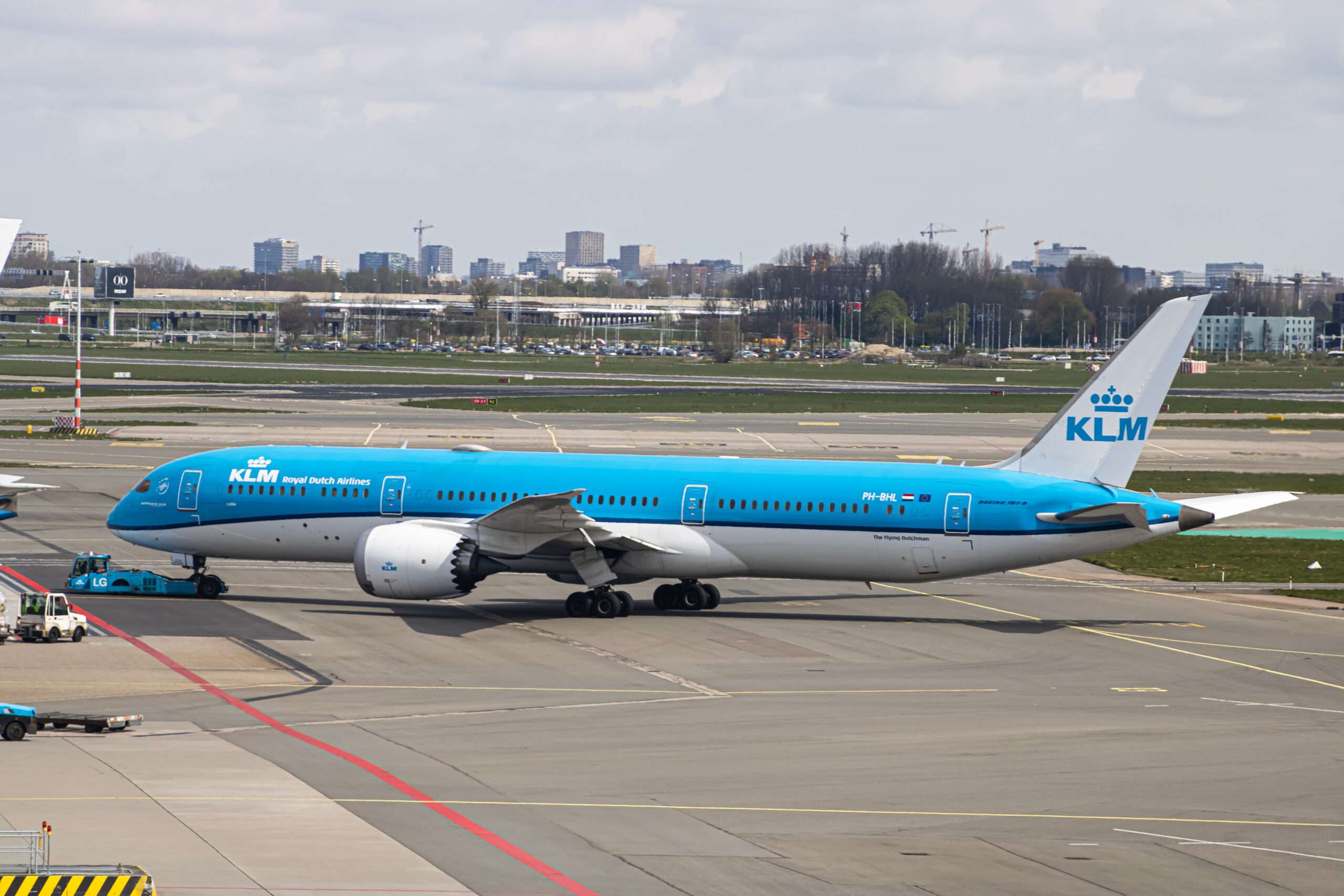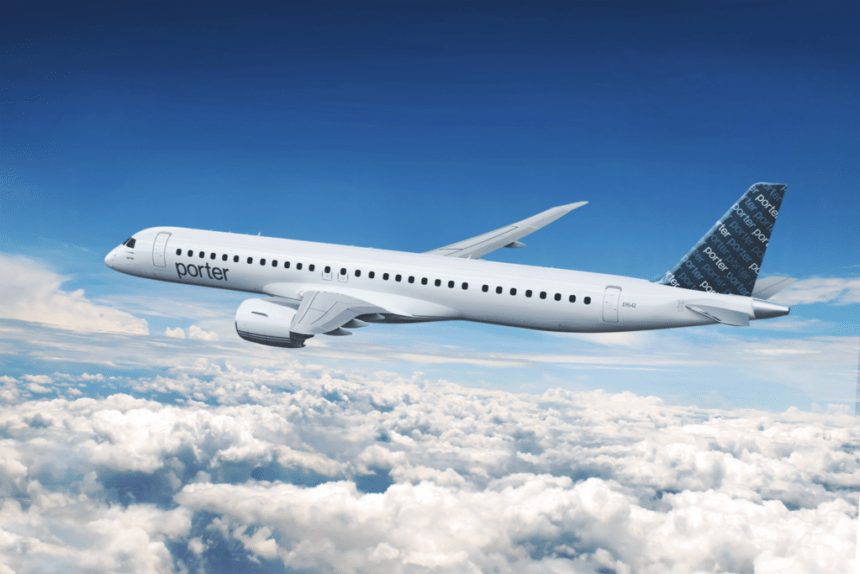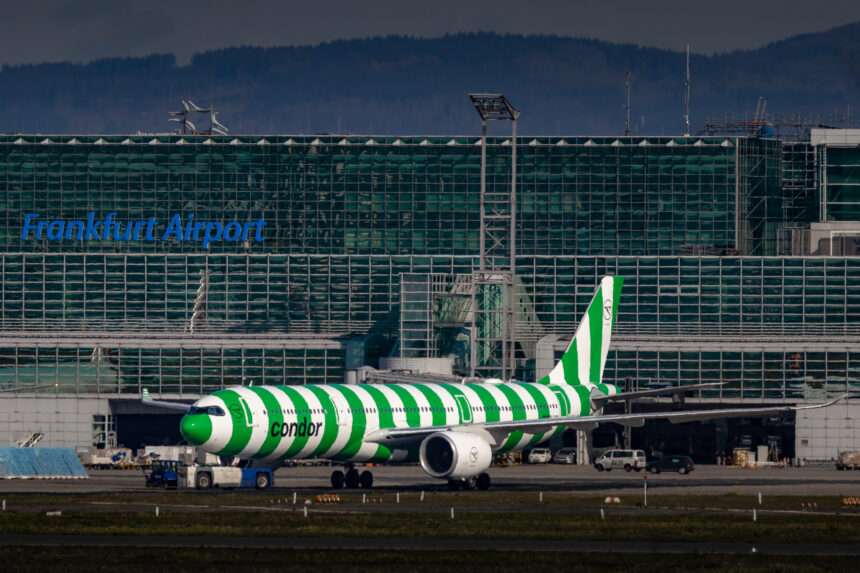The skies above the United States are becoming increasingly crowded with a new type of air traveler: the public charter flyer, or air charter customer.
Public charter flights offer a unique blend of convenience and affordability, often operating on fixed routes and schedules similar to traditional airlines.
These operations may be conducted with potentially less stringent safety regulations compared to regular public transport operations.
This growth has sparked concern from the Federal Aviation Administration (FAA). This has led to a two-pronged approach aimed at ensuring safety while expanding access to air travel for all Americans.

Rise of Public Charters and Safety Concerns
Public charter flights have experienced a surge in popularity in recent years. These flights typically cater to a specific group of passengers, pre-selling seats for a particular route or destination.
While some public charters operate like traditional airlines, offering frequent flights on established routes, they fall under different regulations categorized as Part 135 operations in the Federal Aviation Regulations (FARs).
These regulations may have less rigorous pilot experience requirements and maintenance standards compared to Part 121 regulations governing major airlines.
This disparity in regulations has raised concerns about the safety of public charter flights, particularly as their frequency and complexity increase.
Passengers might not be aware of the difference in safety standards between public charters and traditional airlines, potentially leading to a false sense of security.
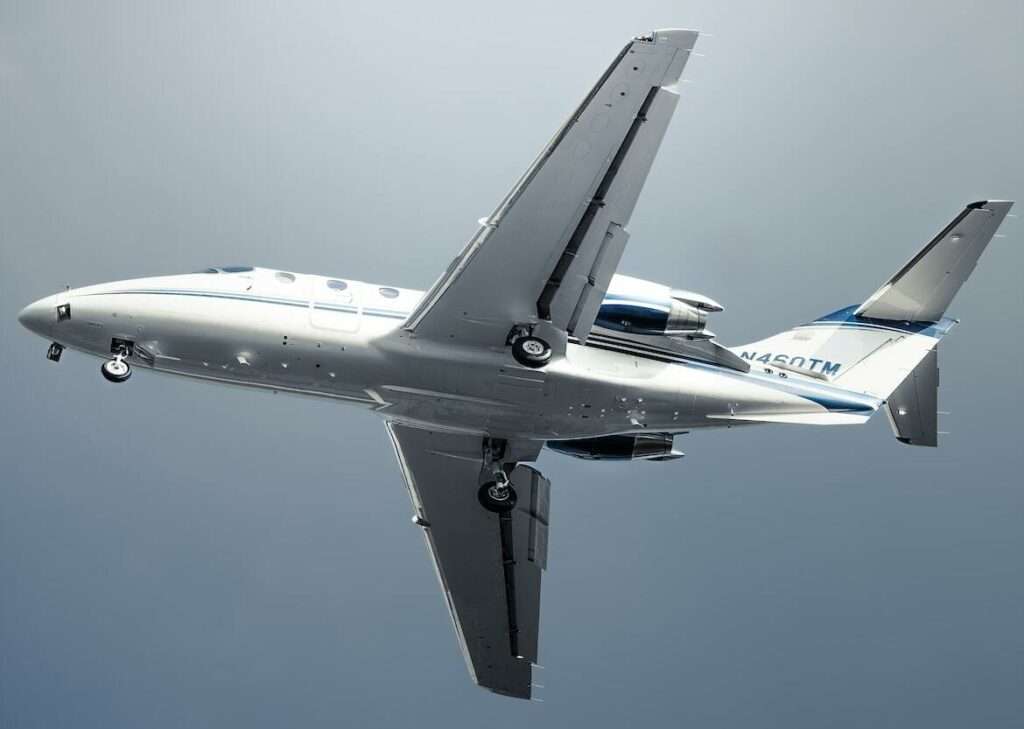
Strengthening Safety: Leveling the Playing Field
The FAA is taking action to address these safety concerns. Their first initiative involves revising the definitions of “scheduled,” “on-demand,” and “supplemental” operations within Part 110 of the FARs.
This revision aims to ensure that public charter flights operating with a scheduled nature adhere to the same safety standards as other non-public charter flights.
“The FAA prioritizes identifying potential risks early on,” stated FAA Administrator Mike Whitaker. “As public charter usage expands, we need to determine if these flights should be subject to the same safety regulations as scheduled airlines if their operations resemble them.”
The FAA plans to issue a proposed rulemaking that outlines the proposed changes. This document will solicit public comments and determine an effective implementation date, allowing the industry time to adjust to the new regulations.
This initiative follows a similar process conducted in August 2023, which received significant public engagement with over 60,000 responses.
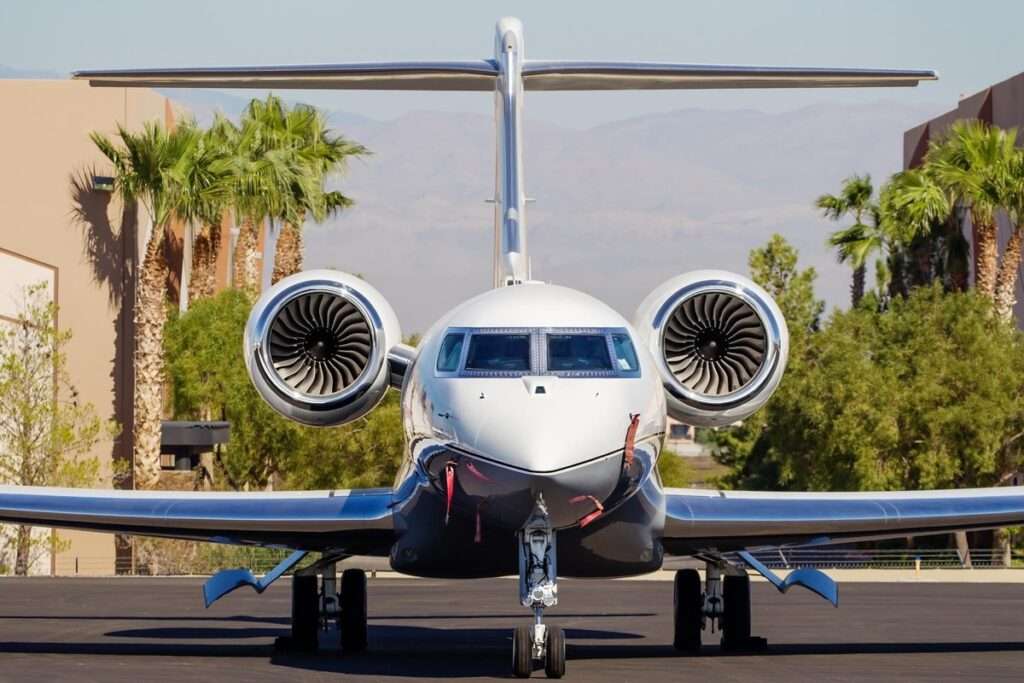
Expanding Access: Reaching Underserved Communities
Beyond safety, the FAA is committed to expanding access to air travel for underserved communities, particularly those in smaller and more remote areas.
Limited commercial airline service often leaves these communities with limited travel options. Public charter flights can potentially bridge this gap, offering more direct connections and potentially lower fares.
However, limitations exist. Aircraft size and certification requirements might not be suitable for smaller regional airports.
To address this, the FAA will explore ways to better align these regulations with the specific needs of these regions.
A Safety Risk Management Panel (SRMP) will be convened to assess the feasibility of establishing a new operating authority for scheduled Part 135 operations.
This new authority would focus on flights utilizing aircraft with 10-30 passenger capacities, potentially making them more suitable for regional airports and routes.

Innovation and Security
The FAA is not alone in its efforts. The Transportation Security Administration (TSA) plays a vital role in ensuring the security of public charter flights.
The TSA has been reviewing security requirements for specific operators under the Twelve-Five Standard Security Program (TFSSP).
This review includes proposals for stricter passenger and baggage screening procedures on public charter flights, along with additional requirements for all TFSSP operators.
Open communication and collaboration are crucial between the FAA and TSA. While the FAA focuses on passenger safety during flight, the TSA prioritizes security measures on the ground.
Following established regulations, the TSA provided a comment period for impacted operators to voice their concerns regarding proposed security changes before finalizing them.
The Future of Public Charters: Balancing Priorities
The public charter flight market presents a unique challenge for the aviation industry. Balancing safety, access, and innovation requires a multi-faceted approach.
The FAA’s initiatives and its collaboration with the TSA demonstrate a commitment to addressing these challenges.
As public charter flights continue to evolve, ongoing dialogue with the industry, passengers, and safety experts will be crucial to ensure a safe and accessible air travel experience for all Americans, regardless of their location or budget.

Click the banner to subscribe to our weekly newsleter.

Click the photo to join our WhatsApp channel so then you can stay up to date with everything going on in the aviation industry!





